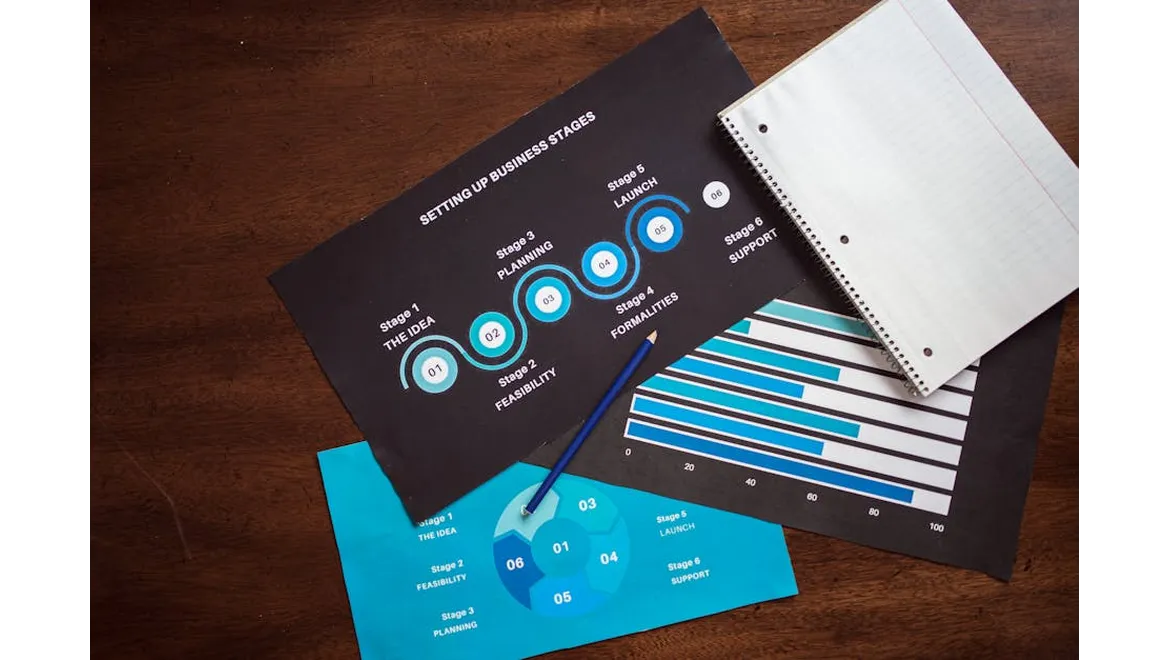Right, let’s talk token launches. We’ve all seen the headlines: some skyrocket, others… not so much. A massive piece of that puzzle? Influencer marketing. But it’s not just about throwing money at the biggest names and hoping for the best. That’s where data analytics comes in – turning a potential minefield into a data-driven decision. I’ve spent countless hours digging into the analytics side of influencer marketing, and I’m here to share what I’ve learned, especially for token founders like you. Forget the usual clichés; we’re diving deep.
Beyond Vanity Metrics: A Fresh Look at Audience Sentiment
First things first, throw out the idea that follower count is king. It’s a fool’s errand! We need to understand the quality of those followers. Are they bots? Are they actively engaged? This is where social listening tools become invaluable. Tools like Brandwatch or Mention allow you to monitor conversations around your token, your competitors, and even specific influencers. This isn’t just about counting mentions; it’s about gauging sentiment. Is the chatter positive, negative, or neutral? What are people actually saying? For example, you might find an influencer with a seemingly modest following is driving incredibly positive sentiment, or, conversely, a macro-influencer attracting mostly negative responses. Replicating this process is very simple, set up accounts with these kinds of tools and search for the content you would like to monitor, you will need to refine your search criteria to produce useful results, the better defined the criteria, the better the outcome.
Spying on the Competition: Learning From Their Wins (and Losses)
Next up, competitor analysis. Don’t reinvent the wheel! See what’s working (and what’s crashing and burning) for others in the space. Which influencers are your competitors partnering with? How are their campaigns performing? Tools like SEMrush or Ahrefs, primarily used for SEO, can also give you insights into your competitors’ digital marketing strategies, including their influencer collaborations. Pay close attention to engagement rates, the types of content they’re producing, and the overall response from the community. Did a particular campaign resonate strongly? What could you learn from it? This isn’t about copying, it’s about identifying best practices and adapting them to your unique circumstances. You can view similar tokens content and analyse the key words and hashtags that drive the best engagement and which influencers drive the most traffic to competitors pages. Also look at websites that are talking about the tokens and find which ones are giving the token the best ratings as those websites may be suitable for partnerships.
Predicting Performance: Forecasting Your Campaign’s Success
Now, let’s get predictive. This is where things get really interesting. By analysing historical data, you can start to forecast the potential impact of your influencer campaigns. Consider factors like the influencer’s historical engagement rates, audience demographics, and the correlation between their content and conversion rates. There are platforms that offer predictive analytics specifically for influencer marketing, using machine learning algorithms to estimate campaign performance based on various data points. This allows you to not only identify potentially successful influencers but also to optimise your campaign strategy before it even launches. I know that is a big statement, but you can use data from tools like Socialbakers and adjust the marketing mix and influencer mix before going live. This is not a substitute for a trial run but can give you more confidence in your final strategy.
Digging Deeper Than Likes: Key Metrics to Track
Finally, during and after your campaign, track everything! Don’t just look at likes and shares. Focus on the metrics that truly matter: engagement rate (comments, shares, saves relative to reach), conversion rate (how many people took a desired action after seeing the influencer’s content), and cost per acquisition (how much it cost to acquire a new user or investor). These metrics provide a much clearer picture of the campaign’s ROI. Use UTM parameters in your tracking links to attribute traffic and conversions accurately to specific influencers. Tools like Google Analytics and dedicated marketing automation platforms are essential for this. After a while you can build up a matrix of influencer information which can be used for future campaigns. You can also look at the success of other token launches and use similar parameters but with local influences. For example, a token might be extremely popular in Asia, so partnering with an Asian influencer will have more relevance than someone from North America or Europe.
So, there you have it. By understanding audience sentiment and analysing competitor strategies, predicting campaign performance and tracking key metrics, it’s possible to navigate the influencer landscape with far more confidence. It transforms what often feels like a shot in the dark into a strategic, data-backed decision. That’s the power of data analytics – and it’s key to unlocking token launch success.
